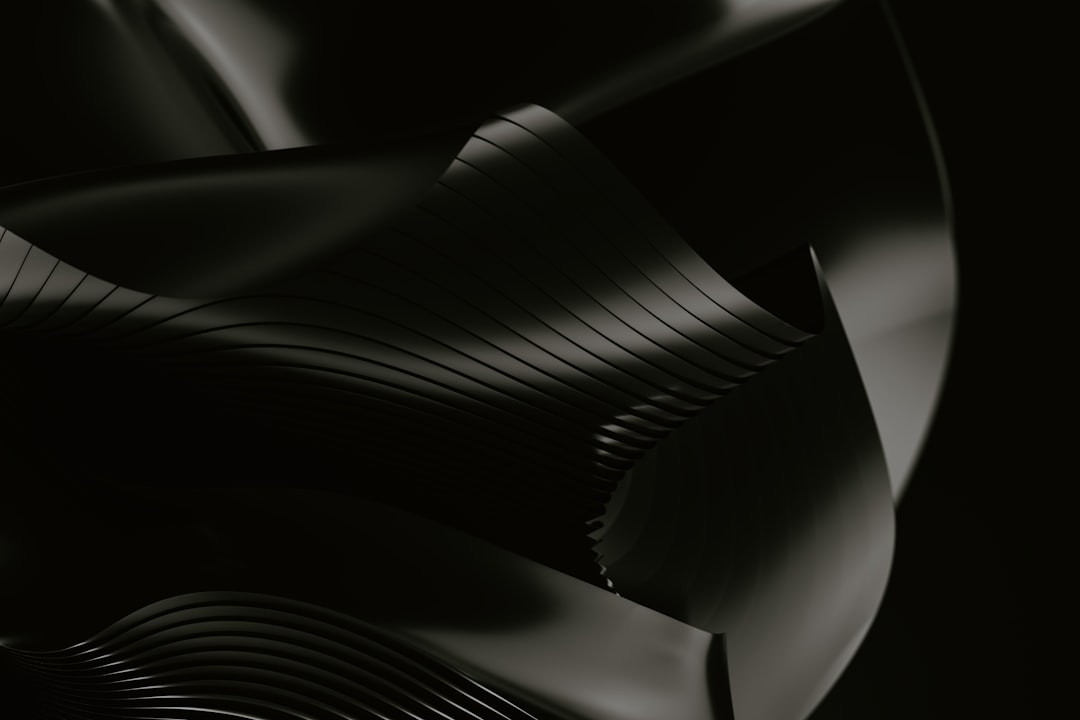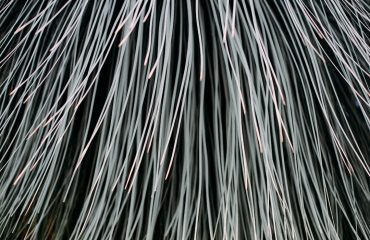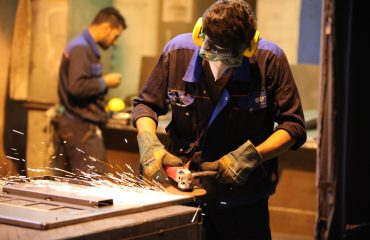The construction and engineering industries are constantly seeking materials that offer superior strength, durability, and lightweight properties. One innovative solution gaining traction is the application of carbon fiber coatings to steel pipes. This combination leverages the inherent strength and cost-effectiveness of steel with the exceptional tensile strength and lightweight nature of carbon fiber, creating a material with significantly enhanced performance characteristics.
Enhanced Mechanical Properties: Strength and Durability
The primary advantage of carbon fiber-coated steel pipes lies in their significantly improved mechanical properties. Steel provides the base structural integrity and compressive strength, while the carbon fiber coating dramatically enhances tensile strength, fatigue resistance, and overall durability. This combination mitigates the weaknesses of steel, such as susceptibility to bending and cracking under stress. The carbon fiber layer acts as a reinforcement, distributing stress more effectively and preventing crack propagation. This results in pipes that can withstand higher pressures and more significant external forces, extending their lifespan considerably. The precise improvement in mechanical properties depends on the thickness and type of carbon fiber used, as well as the bonding method employed during the coating process.
Manufacturing Processes: A Look Behind the Scenes
The manufacturing process for carbon fiber-coated steel pipes involves several key steps. First, the steel pipe is carefully prepared, often undergoing surface treatment to ensure optimal adhesion of the carbon fiber. This might involve cleaning, degreasing, and potentially applying a primer. Next, the carbon fiber is applied using various methods. Common techniques include filament winding, where continuous carbon fiber strands are wound around the pipe, and prepreg layup, where pre-impregnated carbon fiber sheets are placed onto the steel surface. After the carbon fiber is applied, the pipe is cured in an autoclave or oven under controlled temperature and pressure to ensure proper bonding and polymerization of the resin matrix holding the carbon fibers together. Quality control measures are implemented throughout the process to guarantee consistent quality and performance.
Applications: Where Innovation Meets Industry
The exceptional properties of carbon fiber-coated steel pipes make them suitable for a wide range of applications across various industries. In the oil and gas sector, these pipes can withstand high pressures and corrosive environments, making them ideal for pipelines transporting hydrocarbons. The aerospace industry utilizes them in aircraft structures where lightweight yet incredibly strong materials are essential. Civil engineering projects benefit from their enhanced durability and resistance to seismic activity, leading to safer and more long-lasting infrastructure. Furthermore, automotive applications are emerging, with these pipes finding their way into high-performance vehicles where weight reduction is crucial for improving fuel efficiency and handling.
Cost-Effectiveness and Lifecycle Analysis: A Balanced Perspective
While the initial cost of carbon fiber-coated steel pipes may be higher than traditional steel pipes, a lifecycle cost analysis often reveals significant long-term savings. The enhanced durability and extended lifespan lead to reduced maintenance and replacement costs. The improved strength allows for the use of thinner-walled pipes, potentially reducing material costs. In applications where failure could be catastrophic, such as oil and gas pipelines, the reliability and safety offered by carbon fiber-coated steel pipes outweigh the initial investment. The reduced weight also leads to lower transportation costs and easier installation, further contributing to overall cost-effectiveness.
Future Potential and Ongoing Research: Shaping Tomorrow’s Infrastructure
Research and development in the field of carbon fiber-coated steel pipes are ongoing, focusing on improving the manufacturing process, exploring new resin systems, and optimizing the carbon fiber architecture for even greater performance. Researchers are investigating novel techniques to enhance the bond between the carbon fiber and steel, further improving the overall strength and durability of the composite material. The potential applications are vast, and we can expect to see these pipes play an increasingly significant role in various industries in the years to come. The development of more sustainable and cost-effective manufacturing processes will further contribute to the widespread adoption of this innovative material.
Tags: Carbon Fiber Pipes, Steel Pipes, Composite Pipes, Carbon Fiber Coating, Pipe Reinforcement




